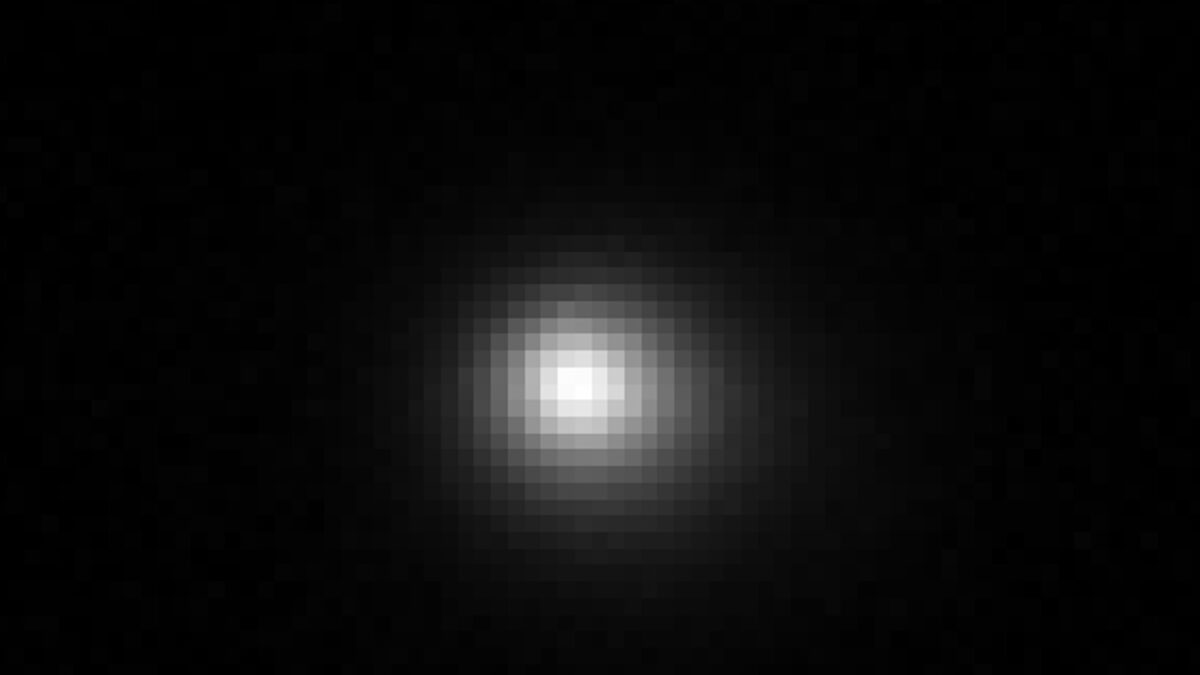A Rare Interstellar Object Is Zipping Through Our Solar System. This Brand-New Telescope Saw It First

Nearly a month ago, a mysterious object was seen hurtling through the solar system and later confirmed as an interstellar visitor traveling toward the Sun. Several telescopes have since turned their attention to the wandering object, but it turns out the brand-new Vera C. Rubin Observatory was the first to catch a glimpse of 3I/ATLAS.
In an act of cosmic serendipity, astronomers pointed the Rubin Observatory toward the patch of sky where the interstellar object appeared during its commissioning phase. Images captured by the observatory, perched atop a mountain in the Chilean Andes, later revealed the comet in its full glory. Rubin’s observations of 3I/ATLAS were recorded on June 21, around 10 days before its official discovery, according to a recent paper available on the preprint website arXiv.
The Rubin Observatory, overseen by the National Science Foundation (NSF) and the Department of Energy (DOE), boasts the largest digital camera ever built for astronomy. Its car-sized, 3.2-gigapixel camera is designed to capture ultra-high-definition images and videos of the cosmos. The observatory unveiled its first images to the public on June 23, observing millions of galaxies and stars in the Milky Way over a period of just 10 hours. The images were not only beautiful—they also revealed supernovas and distant galaxies that could help astronomers study the universe’s expansion.
With its revolutionary precision, it’s no wonder then that the Rubin Observatory captured the recently discovered comet before any other telescope. 3I/ATLAS was first spotted in data collected by the Asteroid Terrestrial-impact Last Alert System (ATLAS) between June 25 and 29, and again on July 1. By July 2, the Deep Random Survey remote telescope in Rio Hurtado, Chile, had seen it too. The International Astronomical Union’s Minor Planet Center confirmed that this comet came from outside our solar system on July 2, marking the third discovery of an interstellar object.
Since then, astronomers have been rushing to gather as much data as they can on the mysterious object. The Gemini North telescope on Maunakea, Hawaii, recently snapped a close-up view of 3I/ATLAS, capturing the comet’s coma in extreme detail. Initial observations of 3I/ATLAS suggest it’s the oldest comet ever found, around 2 billion years older than our solar system. Compared to the two previously discovered interstellar objects, ‘Oumuamua and Comet 2I/Borisov, 3I/ATLAS is not only older, but it’s also faster. A recent study, which has yet to undergo peer review, found that 3I/ATLAS has a hyperbolic velocity of about 37 miles per second (60 kilometers per second).
Rubin’s early observations of 3I/ATLAS are important considering they are the earliest images captured of the comet by a high-precision telescope. The new paper includes 49 images in total, although some were excluded because they were captured during Rubin’s alignment sequence and were out of focus. Nineteen of the images were captured during intentional operations and confirm that 3I/ATLAS does in fact behave like a comet, with a cloud of gas and dust surrounding its icy nucleus, according to the paper.
Just as it was the first to spot the comet, Rubin will also be the first to lose sight of it. On August 22, 3I/ATLAS will shift out of the area in the sky currently being watched by the observatory. Until then, the astronomers behind the paper will keep an eye out for the interstellar visitor in Rubin’s images.









